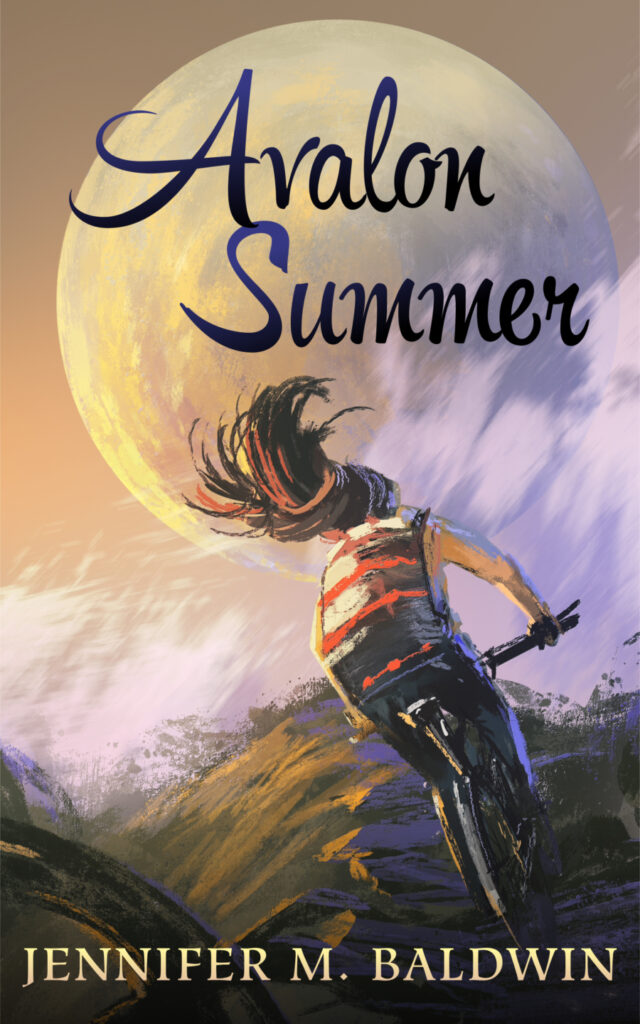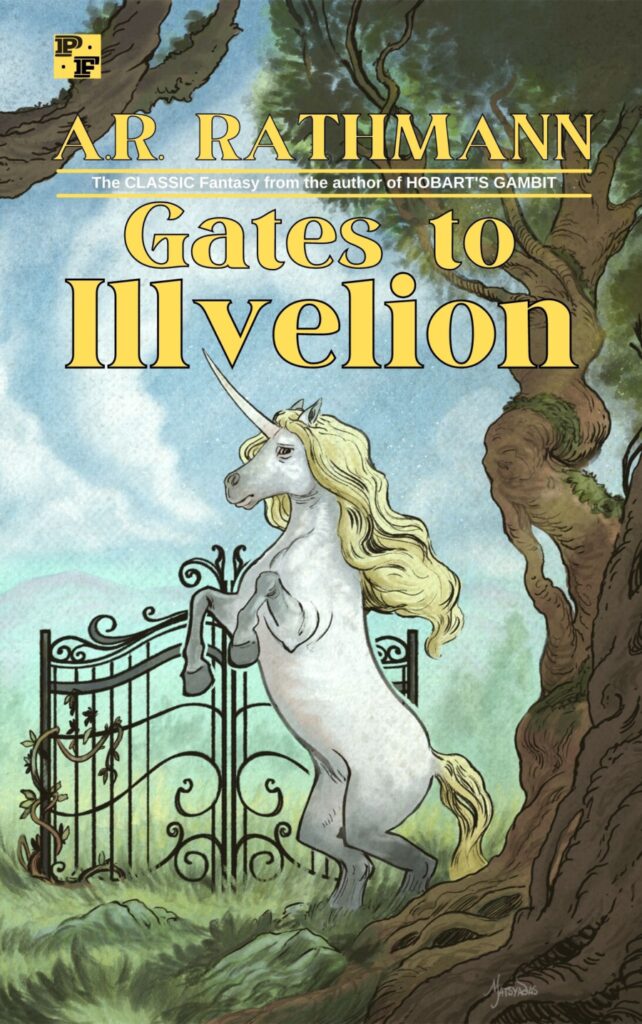I was experimenting the other day with drawing pictures of the structures of my two works-in-progress (Gates to Illvelion and Avalon Summer).
Avalon Summer was pretty easy. The drawing was like a bullseye target with my main character, Sarah, moving through each ring of the target until getting to the center. The novella is very much an interior journey for the characters. Each ring of the target is an experience or set of experiences that leads to insight, facing fears, internal change, etc. I could visualize what I was doing very clearly.
For Gates to Illvelion, however, my first attempt at drawing the structure was a mess. I had these venn diagram/concentric circles going around and then in the middle of it all I drew a “traditional” plot structure (the old linear up and down lines leading to a climax). Somehow I was trying to express the story’s circular nature as well as its linear progression. As a drawing, it was a mess.
Does that mean Gates to Illvelion is a mess too? I don’t think so.
I tried to draw the structure again.
This time, I drew two jagged lines, one on the left side of the page, one on the right. These lines weren’t slowly going up, though, they were going down to a point in the center. This point was the low-point for each of them, the characters of Gwenhivar and the Queen. They were on parallel but also crisscrossing journeys, and I realized that what I had drawn was a mirror image.
THAT is the structure of Gates to Illvelion. A mirror image. The young girl and the older woman are on mirror-like journeys, one going down into the depths and the other trying to find her way back to the surface. A much better image than my first attempt.
Why even do all this drawing anyway? What does this have to do with storytelling, with writing, etc.?
I guess I just wanted to have some fun. To see what my stories would look like visually instead of verbally. I suppose I also was hoping such drawings would help clarify things for me. What kind of stories I was telling, how my imagination should experience them. I don’t work from an outline (not anymore, anyway), so visualization is important. I need to see the movie unfolding, flickering into view from the darkness. But I also need to have some idea of the form my story is taking. This isn’t the same as an outline, but it is a way to “see” what I’m making. Outlines are too plot-focused for me. If I outline, then I get bored of the story when I actually sit down to write it.
But if I discover the story as I’m writing, the experience is thrilling and a lot of fun. No boredom.
However, at some point in the process, I need to have a feeling for the form the story is taking. I need to feel the shape of the story without necessarily knowing what will “happen next.” I don’t think it would be useful to draw a picture of the structure too early in the process; that would be too much like making an outline.
But once the story is a living, breathing organism, then a picture can help. It can show me what kind of organism I’m dealing with. I still don’t know what will happen next in the plot, but I know what kind of story I’m telling, and that lets the movie images flicker more clearly through my mind so I can transcribe them onto the page.



Leave a Reply